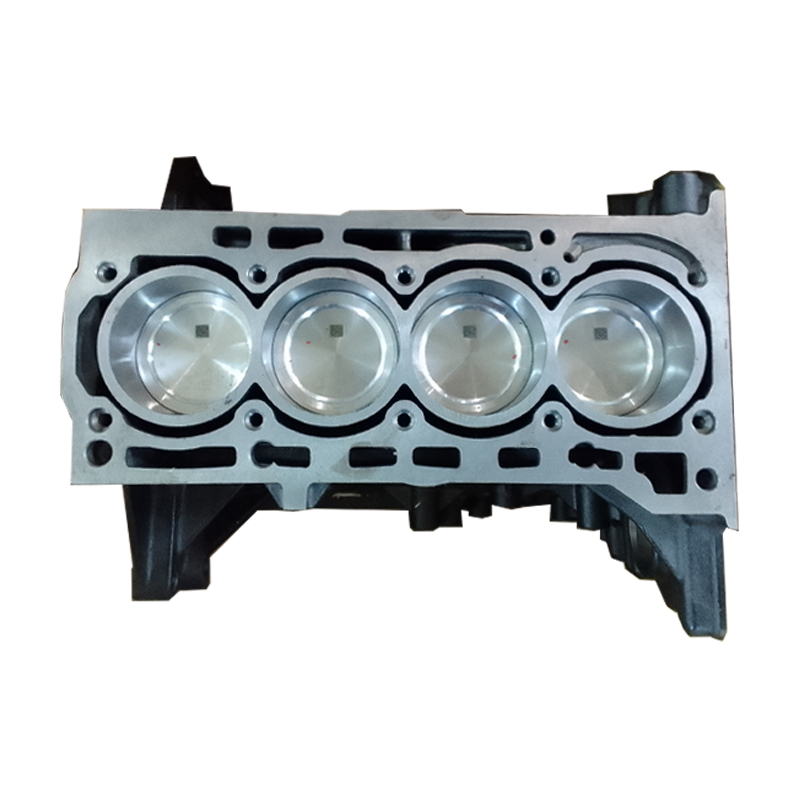Lower maintenance costs with a well-built clp engine.
Lower maintenance costs with a well-built clp engine.
Blog Article
Exactly How a Clp Engine Can Improve Efficiency in Different Industries
The advent of CLP engines marks a substantial change in functional effectiveness throughout numerous industries, driven by their ability to enhance gas intake and lessen downtime. As companies increasingly focus on sustainability along with effectiveness, the role of CLP engines comes to be also a lot more essential.
Summary of CLP Engines
CLP engines, or Constant Fluid Propellant engines, stand for a considerable development in propulsion innovation, especially for area applications. These engines use a constant feed system that permits for the continual expulsion of propellant, bring about boosted effectiveness and efficiency compared to standard solid or hybrid propulsion systems. By maintaining a consistent circulation of fluid propellant, CLP engines can attain more accurate drive control, which is essential for navigating spacecraft in various goal circumstances.
The design of CLP engines integrates sophisticated products and innovative fuel monitoring systems. clp engine. This results in minimized weight and raised reliability, necessary elements for long-duration area objectives. The continuous operation lessens the danger of burning instability, an usual challenge in standard rocket engines.

Advantages in Production
The manufacturing of Constant Fluid Propellant (CLP) engines presents a number of remarkable benefits that improve both effectiveness and cost-effectiveness. One of the primary benefits is the structured manufacturing procedure, which decreases the intricacy related to standard propulsion systems. By utilizing liquid propellant, producers can attain better precision in engine performance, resulting in maximized power outcome and lowered waste.
In addition, CLP engines assist in a greater level of modularity, enabling much easier combination right into various production lines. This adaptability can substantially decrease lead times and boost general operational flexibility. Using CLP technology additionally has a tendency to minimize the demand for comprehensive upkeep as a result of less relocating components, which converts right into minimized downtime and operational expenses.

Applications in Logistics
Leveraging Continuous Fluid Propellant (CLP) engines in logistics offers considerable benefits in functional efficiency and integrity. These engines offer a robust solution for numerous transportation needs, making it possible webpage for the seamless movement of items across substantial distances. The inherent design of CLP engines permits for constant power result, which equates into smoother and extra foreseeable transportation routines.
One of the essential applications of CLP engines in logistics is in durable products transport, where they can drive both ground and aerial cars. Their capacity to maintain high performance under varying load problems guarantees that distribution timelines are satisfied, thus enhancing client complete satisfaction. Furthermore, CLP engines can be incorporated right into automated logistics systems, helping with real-time monitoring and enhancing route preparation.
In addition, the longevity of CLP engines minimizes maintenance downtime, permitting logistics companies to maximize their operational capabilities. This is particularly useful in warehousing operations, where effectiveness in managing and moving items is vital. As logistics remains to evolve, the combination of CLP engines represents a forward-thinking approach that not only improves efficiency however also sustains the industry's growing demands for integrity and speed.
Impact on Power Effectiveness
Exactly How do Continuous Liquid Propellant (CLP) engines improve power effectiveness in transportation? CLP engines make use of a constant flow of liquid gas, maximizing burning processes and preserving a stable thrust outcome. This style decreases power losses linked with conventional burning engines, where fuel distribution can vary and bring about inadequacies.
The constant procedure of CLP engines permits for a more effective thermal cycle, leading to higher particular impulse compared to traditional engines. clp engine. This converts to decreased fuel usage for the very same quantity of job done, significantly lowering operational prices across different transportation industries, consisting of aviation and maritime sectors
Moreover, the capability of CLP engines to keep ideal performance under varying load problems lowers the demand for regular velocity and slowdown, even more improving gas efficiency. Improved energy efficiency not only adds to cost savings yet basics additionally brings about lower greenhouse gas exhausts, straightening with global sustainability objectives.
Future Trends and Innovations
Arising innovations in Continuous Fluid Propellant (CLP) engine technology pledge to change the landscape of transport performance and sustainability. As industries pivot towards greener options, CLP engines stand at the leading edge, incorporating cutting-edge materials and design approaches that improve performance while minimizing ecological impact.
One of one of the most encouraging patterns is the fostering of hybrid systems that incorporate CLP engines with renewable resource resources. This synergy can maximize gas consumption and minimize exhausts, straightening with international sustainability objectives. In addition, improvements in computational fluid dynamics (CFD) are assisting in the design of more aerodynamically effective engines, causing reduced drag and improved gas performance.
In addition, the development of wise surveillance systems is readied to boost functional efficiencies. These systems leverage data analytics and IoT technology to optimize engine performance in real-time, ensuring that the engines operate within their most reliable parameters.
As research study proceeds to explore alternative propellant formulas-- such as biofuels and synthetic fuels-- the future of CLP engines looks appealing. By taking advantage of these advancements, sectors can not only boost their performance but additionally add dramatically to a cleaner, more sustainable see this here future in transportation.
Conclusion
In verdict, CLP engines stand for a substantial development in performance across multiple industries. The assimilation of advanced products and fewer relocating components minimizes maintenance requirements, while placement with sustainability objectives positions CLP engines as a crucial innovation for the future.
Report this page